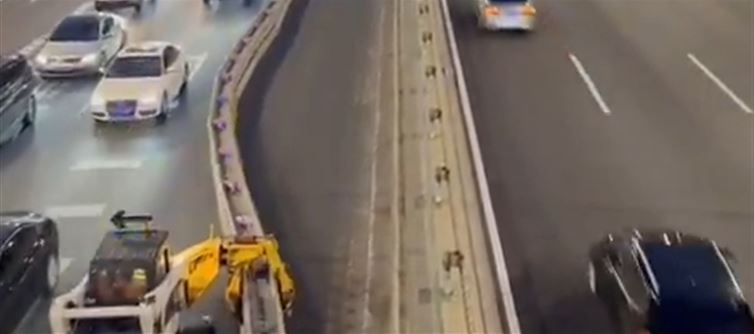
However, the implementation of dynamic lane systems is not without significant challenges. Safety concerns are paramount, as sudden lane direction changes can confuse drivers and increase the risk of accidents, particularly among those unfamiliar with the system. High installation and maintenance costs—due to the need for advanced signage, sensors, surveillance equipment, and control centers—also pose financial hurdles, especially for smaller cities. Moreover, successful operation relies heavily on public awareness and compliance. Without proper driver education and widespread understanding, the system may fail to achieve its intended benefits or even worsen traffic conditions in the short term.
The overall effectiveness of dynamic lane management depends heavily on local traffic patterns, road design, and driver behavior. While it offers a technologically advanced solution to peak-hour congestion, it is not a one-size-fits-all remedy. In less densely populated or less congested areas, the cost and complexity may outweigh the benefits. Additionally, experts caution that such systems should be viewed as a complementary measure rather than a permanent fix; they do not address the root causes of congestion such as rapid urbanization, increased car ownership, and inadequate public transportation. Long-term solutions will still require broader urban planning reforms, improved mass transit options, and smarter mobility strategies.




 click and follow Indiaherald WhatsApp channel
click and follow Indiaherald WhatsApp channel